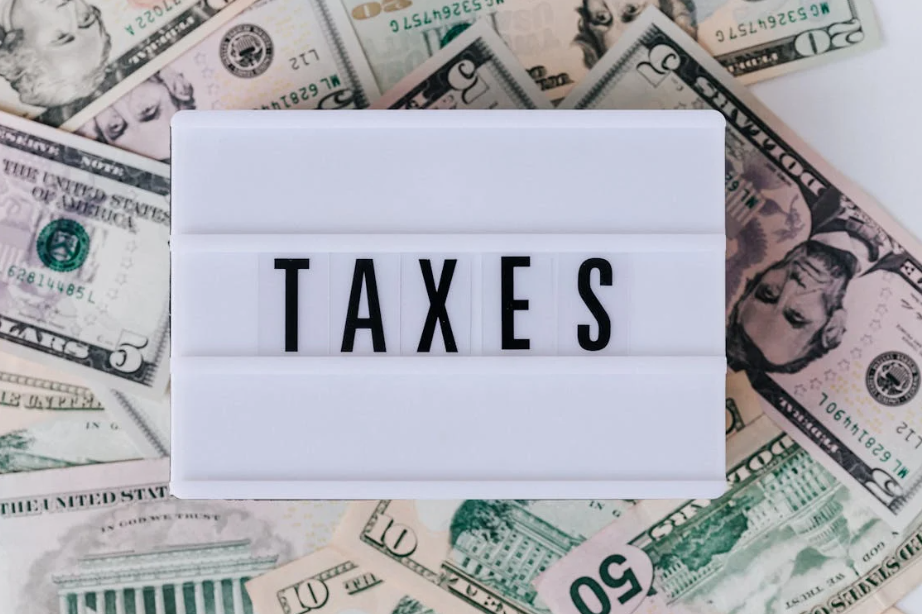Taxes exist in your lives yet you can handle them through smart planning. Through proper planning, you can increase your savings and lower your tax payments. You need to learn which financial choices work best for reaching your money targets. You can use these three practical methods to decrease your taxes and maintain more of your income.
-
Use tax deductions to pay less taxes.
Tax deductions help you reduce the taxable part of your income easily. Deducting certain expenses from your taxable income helps you save substantial amounts in federal taxes each year. You can reduce your taxable income through deductions that apply to many areas, including school costs, medical bills, and donations to charity.
When you give money to an approved charity, you can claim tax deductions. You need to track your charitable donations because tax authorities will ask for proof during tax filing. You may deduct money spent on tuition and job training expenses.
You can save money if your medical bills go beyond a set income percentage. Medical bills from healthcare providers and prescriptions, plus certain dental expenses, qualify for deductions. When you understand tax rules and keep proper records, you can use deductions to reduce your tax payments.
-
Contribute to Tax-Advantaged Accounts
Saving for the future doesn’t just build wealth—it can also reduce taxes. Contributing to accounts designed for retirement or education can provide valuable benefits. These accounts often grow tax-free or defer taxes until funds are withdrawn. For example, contributing to a 401(k) or IRA can lower your taxable income in the present, while 529 college savings plans allow funds to grow without being taxed. These strategies not only secure your financial future but also maximize your tax savings.
Retirement accounts are one example. Contributions to these accounts may reduce taxable income in the present while allowing investments to grow over time. Similarly, education-focused accounts can help prepare for future college costs. They also come with tax advantages that ease the financial burden.
One option to consider is a tax free savings account, which provides tax-free growth on investments. This type of account allows savings to grow without the weight of taxes, making it a smart choice for long-term financial goals. Whether for retirement or other purposes, these accounts are designed to balance saving and tax efficiency.
-
Stay Ahead with Year-End Planning
Planning is another effective way to save on taxes. Waiting until the last minute often leads to missed opportunities. Being proactive can help identify ways to lower tax liability before the year ends. For example, reviewing investments can reveal opportunities for tax-loss harvesting. This involves selling investments that have lost value to offset gains from others. It’s a strategy often used to reduce overall taxable income.
Additionally, contributing to retirement accounts like IRAs or 401(k)s can provide valuable deductions, further lowering taxable income. Donating to charity or taking advantage of tax credits are other strategies worth considering. Early planning maximizes these opportunities. The key is staying organized and keeping track of important financial dates, such as deadlines for contributions and required minimum distributions. Consulting a tax professional regularly can also help keep you on track and ensure you’re making the most of available tax-saving strategies.
Another way to plan is by adjusting withholding amounts. Ensuring the right amount is withheld throughout the year avoids overpaying or facing a hefty bill come tax time.
Business owners can benefit from early planning, too. Purchasing equipment or making other deductible expenses before year-end can help lower taxable income. Even employees may find benefits in timing certain expenses or contributions for maximum tax savings.
Conclusion
Reducing taxes doesn’t have to feel overwhelming. By using deductions, contributing to the right accounts, and planning, it’s possible to save more and pay less. These strategies aren’t just about cutting taxes—they’re about making smart financial decisions. For instance, taking advantage of tax credits, organizing your finances, and reviewing investment portfolios regularly can help maximize savings. With the right approach, keeping more of what’s earned becomes much more attainable. Consistently reviewing your financial situation and staying informed about tax changes will ensure that your strategies remain effective over time, setting you up for long-term financial success. Regular check-ins with a tax professional can further optimize your strategy.

